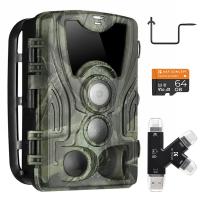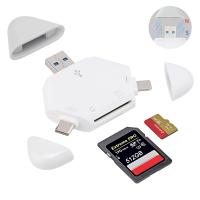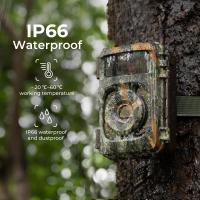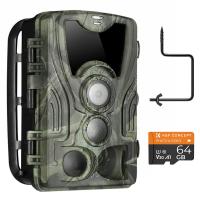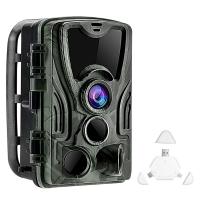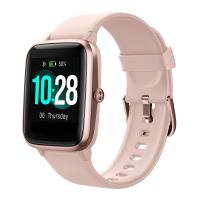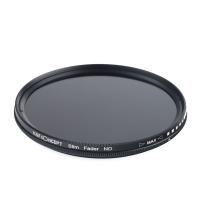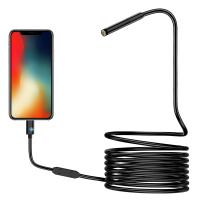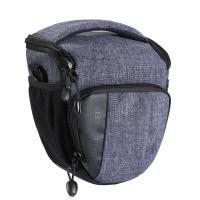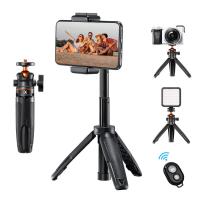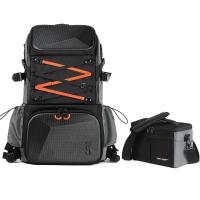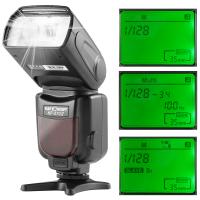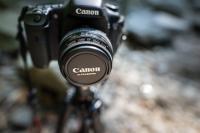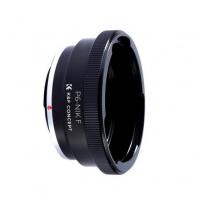How To Connect Canon Camera To Mac Through Wifi ?
With the development of photography technology, more and more photographers want to transfer camera photos to computer wirelessly. Connecting your Canon camera to Mac via WiFi not only makes it easy to manage and edit photos, but also saves a lot of time. In this article, we will explain in detail how to connect your Canon camera to Mac via WiFi and solve the problems you may encounter during the connection process.
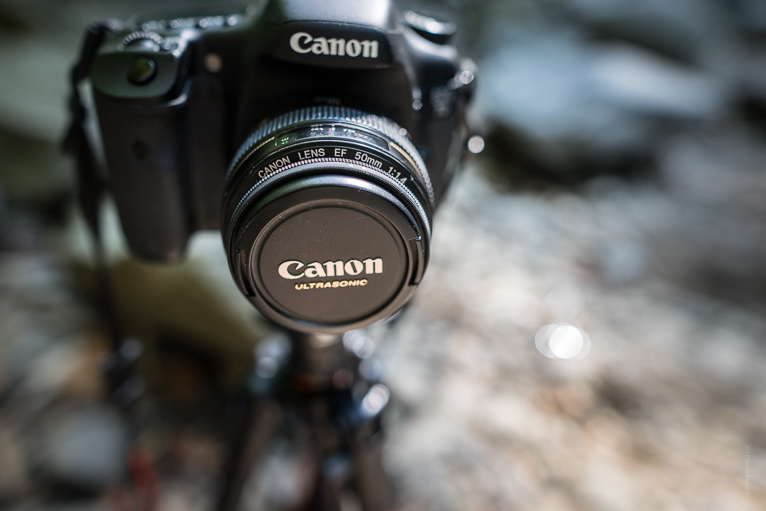
Understand how to connect Canon camera to Mac via WiFi
Connecting your Canon camera to Mac via WiFi can be achieved in several ways:
Use the software that comes with Canon
Step 1: Download and install the EOS Utility software provided by Canon. This software can be downloaded from the Canon website.
Step 2: Turn on the camera's WiFi function and set it to Access Point Mode or Infrastructure Mode.
Step 3: Open the EOS Utility software on your Mac and follow the instructions to set up the WiFi connection.
Using Third-Party Software
Step 1: Download and install third-party software that supports WiFi connection for Canon cameras, such as ShutterSnitch.
Step 2: Turn on your camera's WiFi function and set it to Infrastructure mode.
Step 3: Open the third-party software on your Mac and follow the software prompts to set up and connect.
Using the camera's built-in WiFi function
Step 1: Open the camera's WiFi function and choose to use the camera as a WiFi hotspot or connect to an existing WiFi network.
Step 2: Connect to the camera's WiFi network on your Mac.
Step 3: Open the built-in app of your Canon camera and follow the prompts to set up and connect.
Solve Canon Camera and Mac WiFi Connection Failure Problems
During the connection process, you may encounter various problems leading to connection failure. Here are some common problems and their solutions:
Unstable WiFi signal
Check WiFi signal strength: Make sure both the camera and Mac are within the WiFi signal coverage area and the signal strength is good.
Reboot your devices: Reboot your camera and Mac to clear the cache.
Software not updated
Check Software Version: Make sure the EOS Utility or third-party software is the latest version.
Update Firmware: Check if the camera firmware is the latest version and update it in time.
Network Settings Problems
Check Network Settings: Make sure the network settings of the camera and Mac are correct and the camera is connected to the correct WiFi network.
Reset Network Settings: If the connection problem is still not solved, you can try to reset the network settings of the camera and Mac.
Third, common troubleshooting of Canon camera and Mac WiFi connection
Even if the connection is successful, sometimes you may encounter some faults affecting the use, the following are common problems and solutions:
Slow transmission speed
Optimise network environment: Make sure no other high-traffic devices are occupying the bandwidth of the WiFi network.
Use 5GHz band: If the camera and Mac support 5GHz WiFi band, using this band can improve the transmission speed.
Disconnections
Check Battery Level: Make sure the camera and Mac have sufficient battery power to avoid disconnection due to low battery.
Maintain device distance: Make sure the distance between the camera and Mac is within the effective range to avoid signal degradation.
File transfer failure
Check the file format: Make sure the file format you are transferring is supported, e.g. JPEG, RAW, etc.
Restart Software: Close and reopen EOS Utility or third-party software and try to transfer files again.
Detailed Steps and Settings for Connecting Canon Camera to Mac via WiFi
Here are the detailed steps and settings to connect your Canon camera to Mac via WiFi:
Preparation
Make sure the camera and Mac are fully charged.
Download and install EOS Utility software or other third-party software.
Switch on the camera WiFi function
Find the WiFi function option in the camera menu to turn on the WiFi function.
Choose to set the camera as a WiFi hotspot or connect to an existing WiFi network.
Setting up on a Mac
Open your Mac's WiFi settings and connect to the camera's WiFi network.
Launch the EOS Utility software or other third-party software and follow the prompts to set up and connect.
Start transferring files
Select the files to be transferred in EOS Utility or third-party software to start the transfer.
After confirming that the file transfer is successful, manage and edit it on your Mac.
Improve the stability and speed of Canon camera and Mac WiFi connection
For a better experience, here are some suggestions to improve connection stability and speed:
Use a high-quality WiFi network
Choose a stable and fast WiFi network and avoid using public WiFi or networks with poor signals.
If possible, use a WiFi network in the 5GHz band to reduce interference and increase speed.
Optimize camera and Mac settings
Turn off unnecessary background apps and features in camera and Mac settings to reduce resource usage.
Regularly check and update your camera and Mac's firmware and software to keep your device performing optimally.
Reduce Interference
Avoid obstacles blocking between the camera and Mac, such as walls and metal objects.
Try to stay away from other electronic devices to reduce signal interference.
In conclusion, connecting your Canon camera to Mac via WiFi can greatly improve the efficiency of photo management and editing. I hope this article can provide practical reference and help for the majority of users to enjoy the convenience and fun brought by smart technology.

